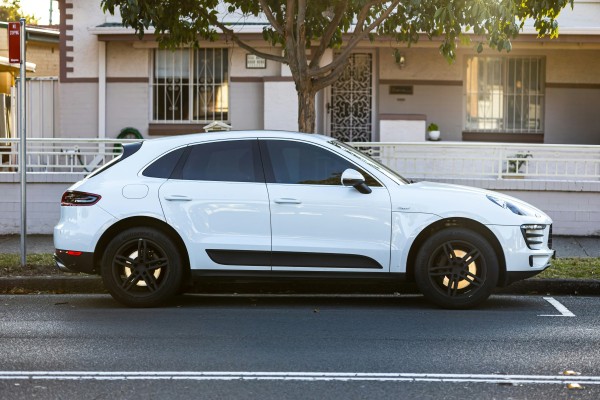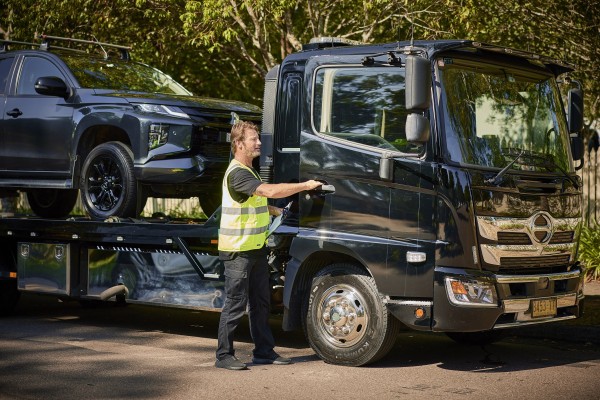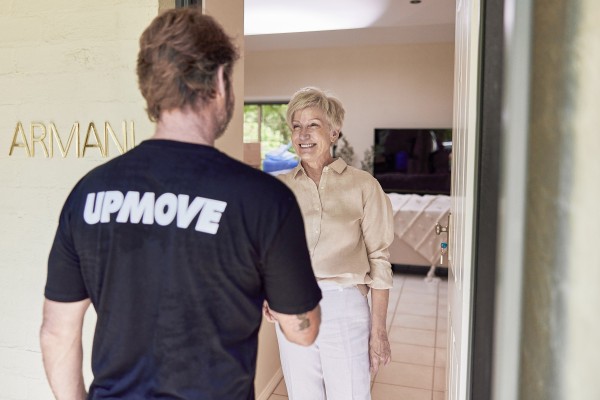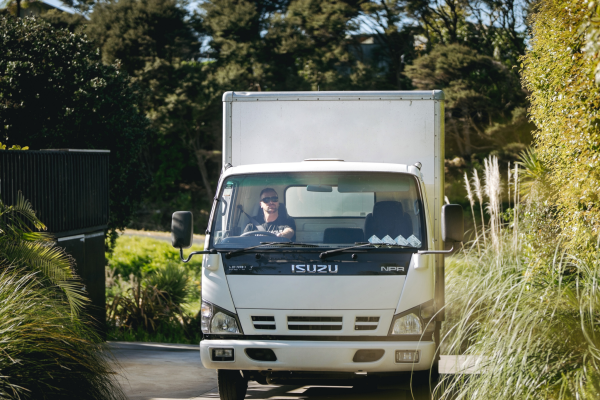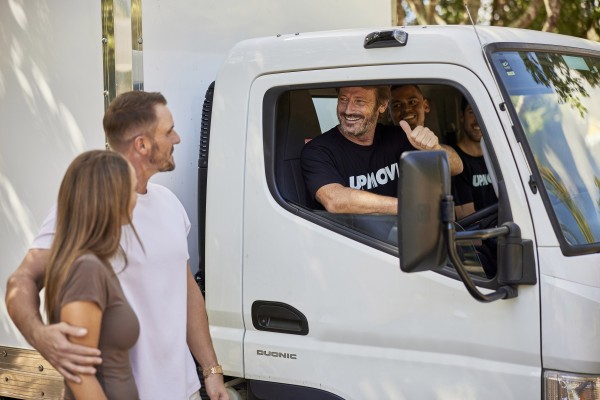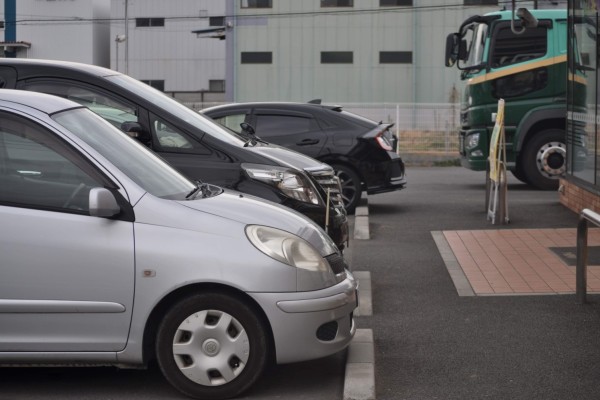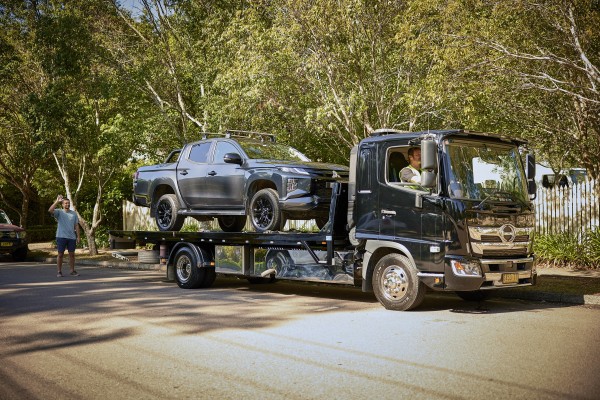What is a Novated Lease?
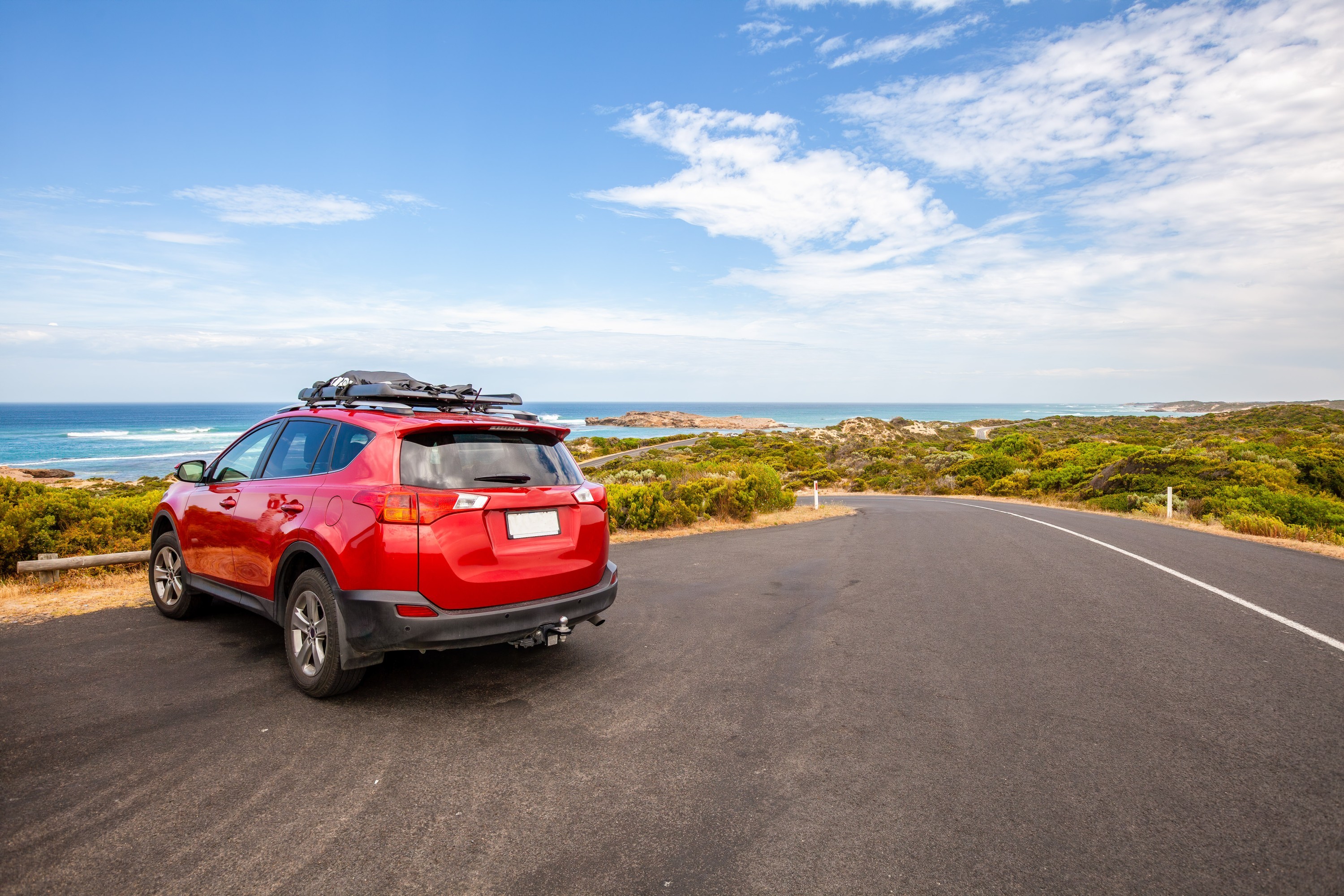
Your guide to salary sacrificing your next car
If you’re thinking about buying a new or second-hand car, the first question on your mind is probably ‘what type of car do I want?’ This is usually followed very quickly by ‘How am I going to pay for it?’
There are a number of different ways to pay for a vehicle including paying outright (if you have the cash), taking out a car loan, setting up finance with your car dealer or a novated lease.
It’s this last option that’s becoming more and more appealing to those looking to upgrade their wheels. A novated lease or ‘salary sacrificing’ a car comes with a number of perks including the option to include running expenses. It also allows you to reduce your taxable income.
But what is a novated lease exactly?
How does it work?
What are the pros and cons?
And, who has access to salary sacrificing?
In this guide we’re answering all of these questions and more.

Table of contents
What is a novated lease?
A novated lease (also known as salary sacrificing) is a three-way agreement between you, your employer and a finance provider.
In a nutshell, your employer takes responsibility for financial payments and running costs of your new vehicle. This includes things like insurance, fuel and servicing. Your employer then recovers this money from your salary using as much in pre-tax dollars as possible.
The lease agreement usually lasts between 1 and 5 years and has the potential to save you thousands of dollars each year.
How does a novated lease work?
Let’s say you have a salary of $100,000 per year. Your novated lease / salary sacrificing package may include:
In this instance you reduce your taxable income to $85,000 per year - substantially reducing the amount of tax you have to pay.
Example: Based on current tax rates in Australia an individual pays an amount of $22,967 on a $100,000 income. In contrast, the amount of tax payable on an income of $85,000 is $18,000. In this example you would save $4,967 per year in tax with a novated lease. Individual salary packages vary, see salary sacrificing for employees on the ATO for more info.
What are the benefits of a novated lease?
A novated lease is attractive for a number of reasons:
-
- Potential tax benefits. As mentioned above, a novated lease provides an opportunity to reduce your taxable income and therefore the amount of tax you pay each year. You may also avoid paying GST on the purchase price of your vehicle.
- A simplified approach to car expenses. With a novated lease, all of your car expenses can be combined into one single deduction from your salary. This is all managed by your employer and finance company leaving you less to think about.
- Upgrade your vehicle. At the end of your novated lease you will likely have the option to trade in your car for a newer model. This is much easier than having to sell and buy fresh.

What are the cons of a novated lease?
While a novated lease offers some quick appealing benefits, there are a few things to be aware of before you dive into an agreement.
-
-
Leasing vs owning your car. Under a novated lease agreement, you never technically own the car. This means the car cannot be treated as an asset, and in the event of failed payments, the car could be reclaimed.
-
Residual repayments. Under a novated lease, the repayment schedule only covers part of the car’s cost. This means that at the end of the term there is usually a residual or ‘balloon’ payment that needs to be paid out or refinanced.
-
Admin fees. Look out for admin fees that are built into your repayment schedule. While these charges are common practice in a novated lease agreement, it’s important to be aware of how much they are.
-
Access to other government benefits. Under a salary sacrifice arrangement, you should pay less tax. As such, it’s worth speaking to a financial advisor to explore whether this would affect your eligibility for:
-
Who has access to novated lease agreements?
To be eligible for a novated lease you must:
If you tick all of the pre-requisites above, chances are you will be eligible. Always seek financial advice before entering into any novated lease agreement.
How to transport your new vehicle?
Once your novated lease is approved and you’ve selected a car, you may be required to transport your new vehicle. This move could be from a local dealership or another state; it’s important to find this out as soon as possible so you can make the appropriate arrangements. Finding a reliable car transport company can be challenging, so using a service like Upmove to source multiple quotes from vetted and trusted car carriers is strongly advised.
Conclusion
By now you'll have a good idea as to whether a novated lease is the right choice for you. From the pros, cons and eligibility requirements, we want you to make an informed choice that suits your personal needs.
What do our customers say?





